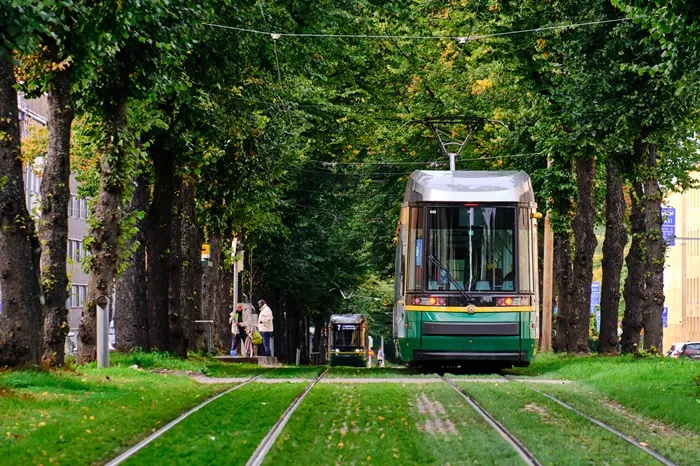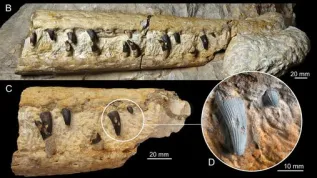-
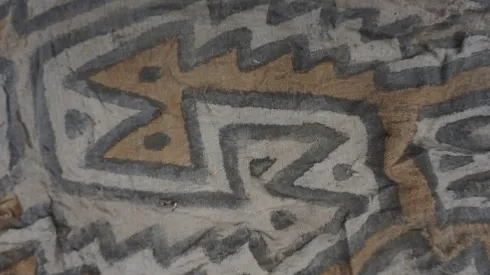
Polish and Peruvian archaeologists study pre-Columbian temple complex on Cerro Colorado
Researchers from Peru and Poland are exploring four mounds on Cerro Colorado, a hill near the city of Barranca. The mounds hide monumental buildings, including the remains of a temple with burials. Archaeologists have determined that the beginnings of the complex date back to the second half of the 19th century of the 3rd millennium BCE.
-
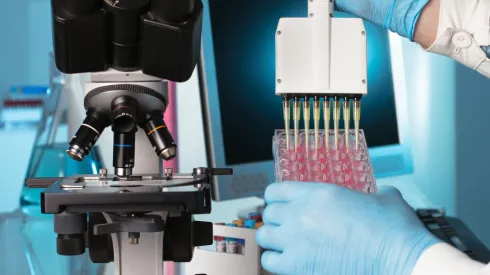
We might be able to identify a knight from Grunwald, says geneticist
It cannot be ruled out that we will be able to identify one of the representatives of well-known knight families from the Battle of Grunwald. It is an extremely difficult task, but not impossible, says geneticist Dr. Andrzej Ossowski.
-
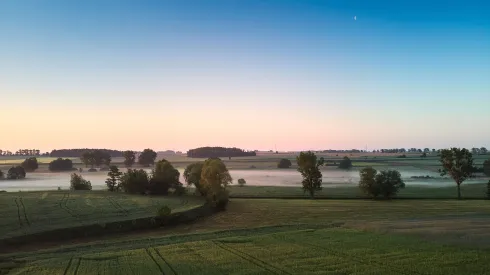
Remains of ‘non-existent’ island inhabited in ancient times found by scientists
There was an island on the lake, by which 4,000 years ago there was a settlement surrounded by wooden fortifications, scientists have determined by studying its relics near Bruszczewo (Wielkopolska). Currently, there is hardly any trace of the lake.
-

Copernicus behind Skłodowska-Curie among key figures for development of science, finds poll
A survey to commemorate the 550th anniversary of the birth of Nicolaus Copernicus found that 45 percent of respondents considered the scientist to be the most important figure for the development of modern science and natural sciences.
-
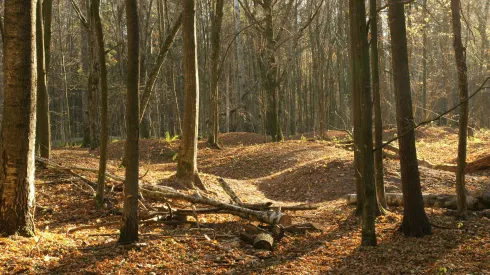
The Białowieża Forest no longer an archaeological 'blank spot’, say scientists
Most of the known barrows and other remains of ancient human activity in the Białowieża Forest were discovered in the 21st century. This was possible thanks to the use of new research methods, including laser scanning.
-
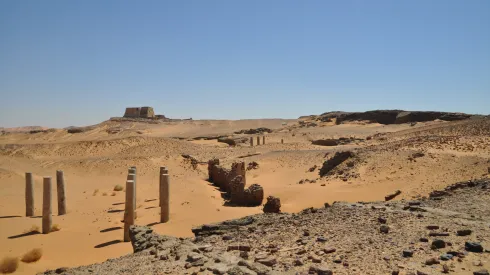
International team to restore Sudan's oldest mosque
The oldest mosque in Sudan, located in Old Dongola, will be revitalised by an international team of experts as part of a grant awarded to the Polish Centre of Mediterranean Archaeology, University of Warsaw (PCMA UW) by the ALIPH foundation. $1 million has been awarded for this purpose.
-
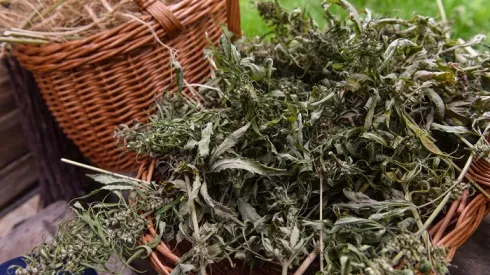
Fossil DNA helps to study history of ecological changes
To obtain hemp fibres, a process called retting is needed, which is why in the old days, cut hemp was thrown into water bodies for some time. Traces of this activity from the 3rd and 8th centuries CE were discovered in Lake Słone (Lublin region) thanks to modern research on fossil DNA.
-
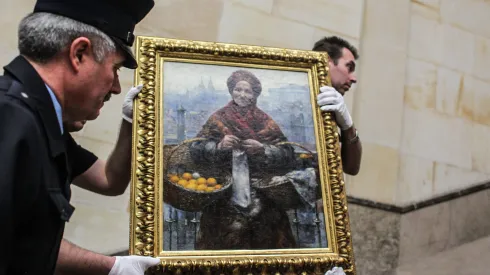
War increases risk of trafficking in cultural goods, says expert
Warfare creates conditions for smuggling works of art and destruction of cultural heritage. In Ukraine, Syria, Iraq and other countries affected by the consequences of armed conflicts, the risks of illegal exports of cultural goods is high. Polish researchers from the UNESCO Chair on Cultural Property Law in Opole promote and regulate a conscious art market.
-
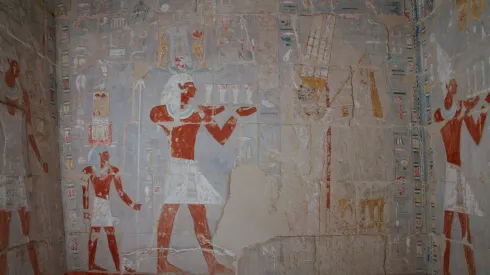
Egypt: opening at the Temple of Hatshepsut in Deir el-Bahari and in the Tomb of Meru in North Asasif
Tourists can now visit more monuments investigated and restored by PCMA UW expedition in Egypt: the Northern and Southern Room of Amun on the Upper Terrace of the Temple of Hatshepsut in Deir el-Bahari and the Tomb of Meru at the necropolis of North Asasif.



